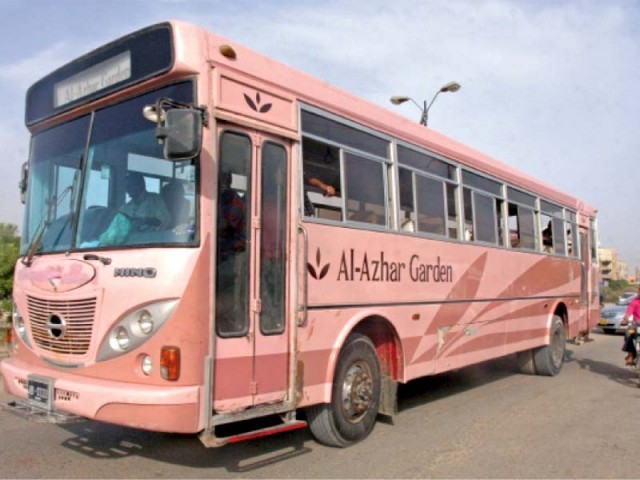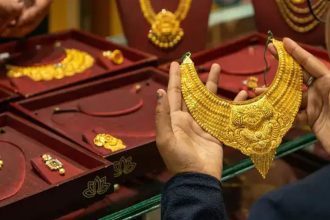Investigators probing the deadliest attack on members of the Ismaili community have finally confirmed that the assailants were affiliated with the Islamic State (IS).
On Thursday, after extensive scrutiny, the anti-terrorism court hearing the case accepted the interim charge sheet of the Safoora bus attack case. The charge sheet, also held as the investigation report, was submitted nearly three months after the case was registered.
It states that at least 15 assailants were involved in the attack: 10 were riding the four motorcycles, and five others were in a white-colored car that followed them. The motorcyclists stopped the bus, barged into it and carried out the execution while the car occupants served as a backup team.
Forty-five people, including 27 men and 18 women, were killed, and eight others were seriously wounded in the gunfire. The attack was carried out on a less-traveled road in Safoora Goth when the victims traveled from the community-only residential complex to the city center at around 9 am.
Intense firing was heard in the sparsely-populated area, and several onlookers witnessed the attack, and the assailants fled in their blood-stained clothes. The police have submitted a list of 67 witnesses, 12 of whom were on the bus and survived the attack.
The police claim to have received information about the incident 15 minutes later, and a police van was rushed to the site. Until then, the dead and the injured had been shifted to the nearby Memon Medical Complex.
The crime scene was sealed off as the investigators collected around 36 empties of the fired bullets from there, the challan reads. The quantity of the empties suggested that handguns and sub-machine guns were used in the attack.
Although the suspects wereested a week after the incident, their implication in the case took moreoveronth. Three suspects – Tahir Hussain alias Saien, Saad Aziz alias Tin Tin and Asadur Rehman alias Malik – were remanded in the case initially. The remaining two – Hafiz Nasir and Azhar Ishrat – were implicated later in July.
During the investigation, the investigators claimed that the weapons used in the incident were seized from the suspects. The weapons and bullets were sent to the laboratories for forensic examination, and the results matched the evidence collected from the crime scene. Meanwhile, eye-witnesses also picked out the suspects during the identification parades before a judicial magistrate.
The case resolves around a trio and a duo. The trio is the group of alleged attackers, while the duo is accused of abetment and facilitation. The remaining members of the assault team have been declared absconders in the charge sheet.
According to the investigation report, Nasir monitored the bus while Ishrat, an engineer by profession, provided technical expertise to the attackers.
The investigators say Ishrat is an expert in making bombs and improvised explosive devices. Several bomb sketches have also been seized from him.
In its concluding part, the charge sheet states that the suspects had long been linked with al-Qaeda and, after the emergence of the new terror group, IS, shifted towards it.






